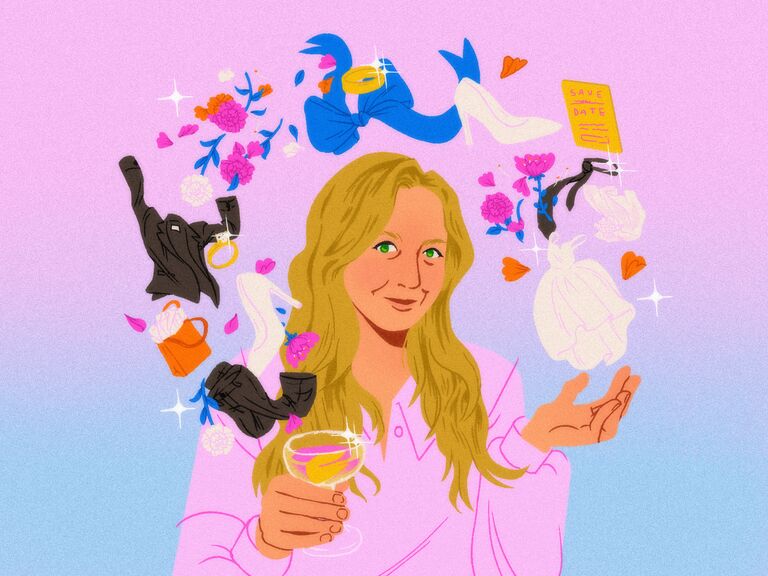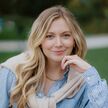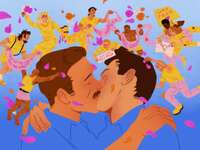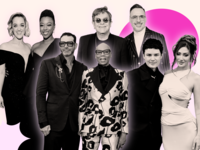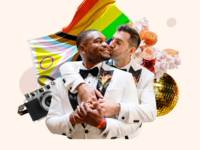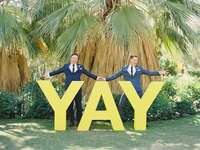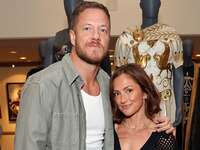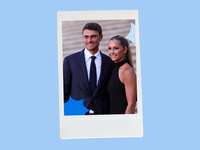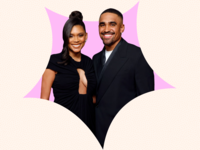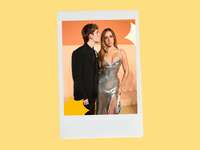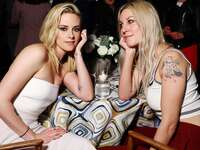A Queer Wedding Journalist's Essay on LGBTQIA+ Representation in Media
When I first began writing about weddings in 2015, I was admittedly a bit skeptical if it was the right career step for me. I had previously completed internships at publications like The Hollywood Reporter, yet I questioned whether my role as an editorial intern at Martha Stewart Weddings would be a fit. I felt as though I didn't have real world experience to delve into the world of weddings. At that point, I had only attended one wedding when I was eight years old, so I didn't think I was the best source to give expert advice. I also wasn't sure if the world of weddings, which felt very gendered, traditional, and—at the time—exclusionary of the LGBTQ+ community, would be a comfortable space of specialization.
At the time, I was a student at a women's college within a college consortium where I joined my classmates in championing feminist ideals and fighting for social change. While I knew marriage could be successful and fulfilling for couples who worked together within a partnership, I felt as though the institution of marriage also had some darker roots–one that had created a system of control over women and upheld the patriarchal structure of society. I was also acutely familiar that marriage wasn't legally recognized on a federal level for same-sex couples.
In 2008, religious, right-wing groups introduced Proposition 8 in California (as a response to the Supreme Court of California's allowance of marriage equality that same year). The proposed state constitutional amendment would effectively ban the legal recognition of any future marriages that were not between a man and a woman. At the time, I was in high school and wasn't fully aware of my own sexuality. However, I knew that the proposition would hurt people and strip them of their human rights. Conversations and debates about Prop 8 were everywhere, to the extent that I saw everyone from politicians and friends' parents to kids in my class declaring how immoral gay marriage was. I joined my school's Gay-Straight Alliance, but it felt as though our voices weren't properly heard or could make a difference since most of us weren't old enough to vote. While younger voices today can create an impact over social media, we couldn't make waves because our reach in 2008 was mostly limited to Tumblr and our Facebook newsfeeds. The power of TikTok and Instagram was a long way away. When the proposition passed by a 4-point margin (52 percent yes, 48 percent no), I was further affirmed that even in a state as liberal as California, many were against the gay community and their right to marry freely.
While I always was an advocate for the queer community, I began to get a clearer idea of my own sexuality during my sophomore year of college. I had never kissed women outside of innocent games of Spin the Bottle and began having a few experiences that lead me to think that maybe I wasn't as straight as I once thought. Only my closest friends really knew about those early years where I struggled with new feelings of infatuation after kissing a woman at a party or considering if I should begin identifying as bisexual.
It was around this time that I began my internship at Martha Stewart Weddings in New York. The opportunity involved coverage of some of my favorite topics (fashion, design, beauty and life advice) with the daily throughline of celebrating love. While I was aware of how wedding publishers and the industry were almost entirely catered toward the cisgender, heterosexual bride and groom, I valued that my teammates were progressive, including my talented mentors.
A month into my internship on June 26, 2015, the Supreme Court ruled in Obergefell v. Hodges that the 14th Amendment required all states to license and recognize same-sex marriage. I was at my desk when a buzz began to reverberate around the office. I remember an overjoyed gay editor on the team stood up, grabbed his things, and declared he had to depart the office to celebrate. Two days later, the NYC Pride Parade took place along its annual route in Lower Manhattan; the energy was electric and joyous. I'll always remember where I was and how I felt that day: as I stood with my friends across from a church proudly displaying a rainbow flag, I believed I could truly embrace my identity for the first time. At one point, a queer friend and I decided to join a student group marching the parade route. I felt such a thrill to be able to publicly identify and celebrate my queerness (to the point that I didn't mind finding glitter in my hair weeks later). I went to the famed lesbian bar Cubbyhole that night for the first time, and even allowed myself to go on a few Tinder dates with women that summer.
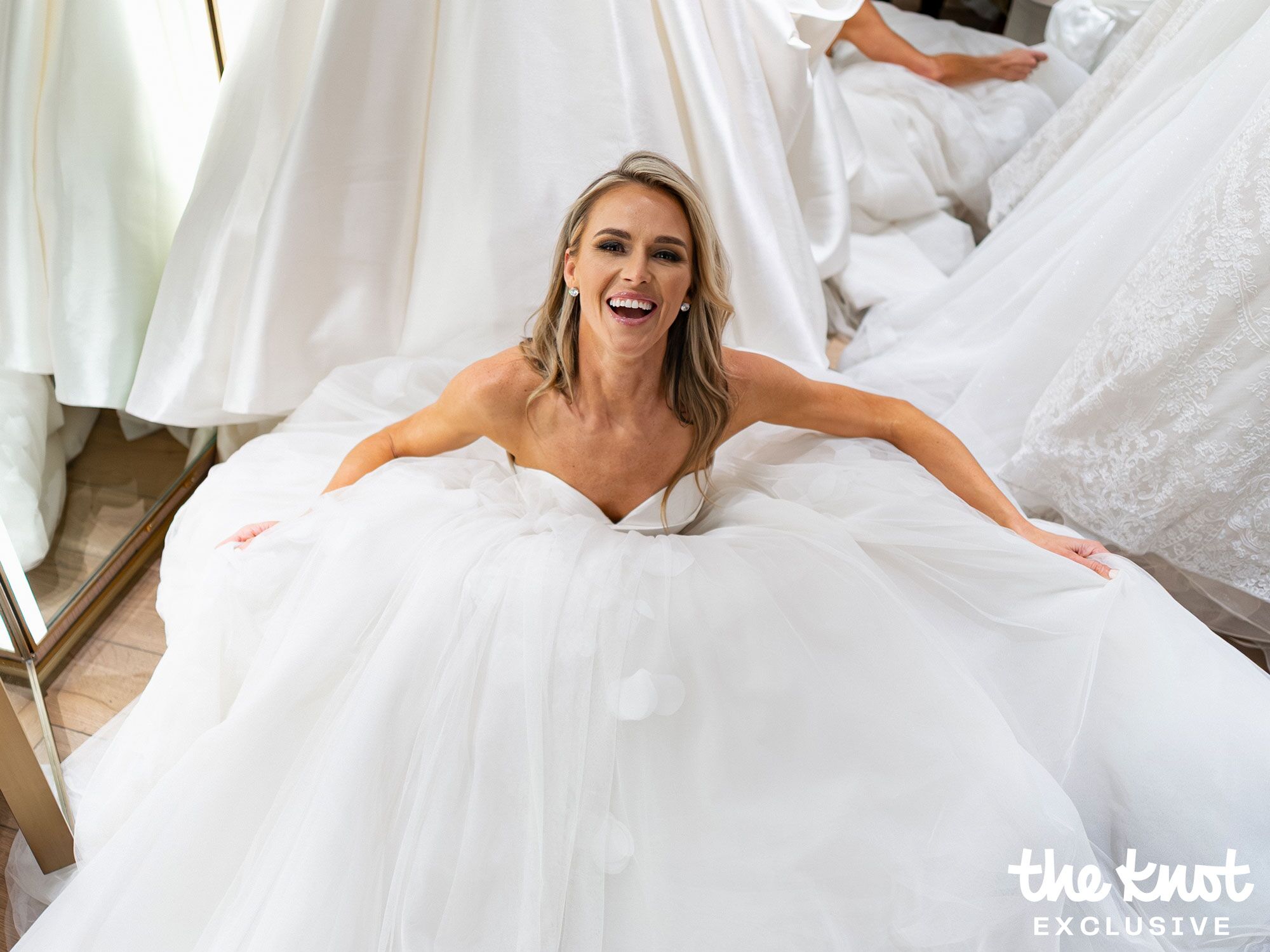
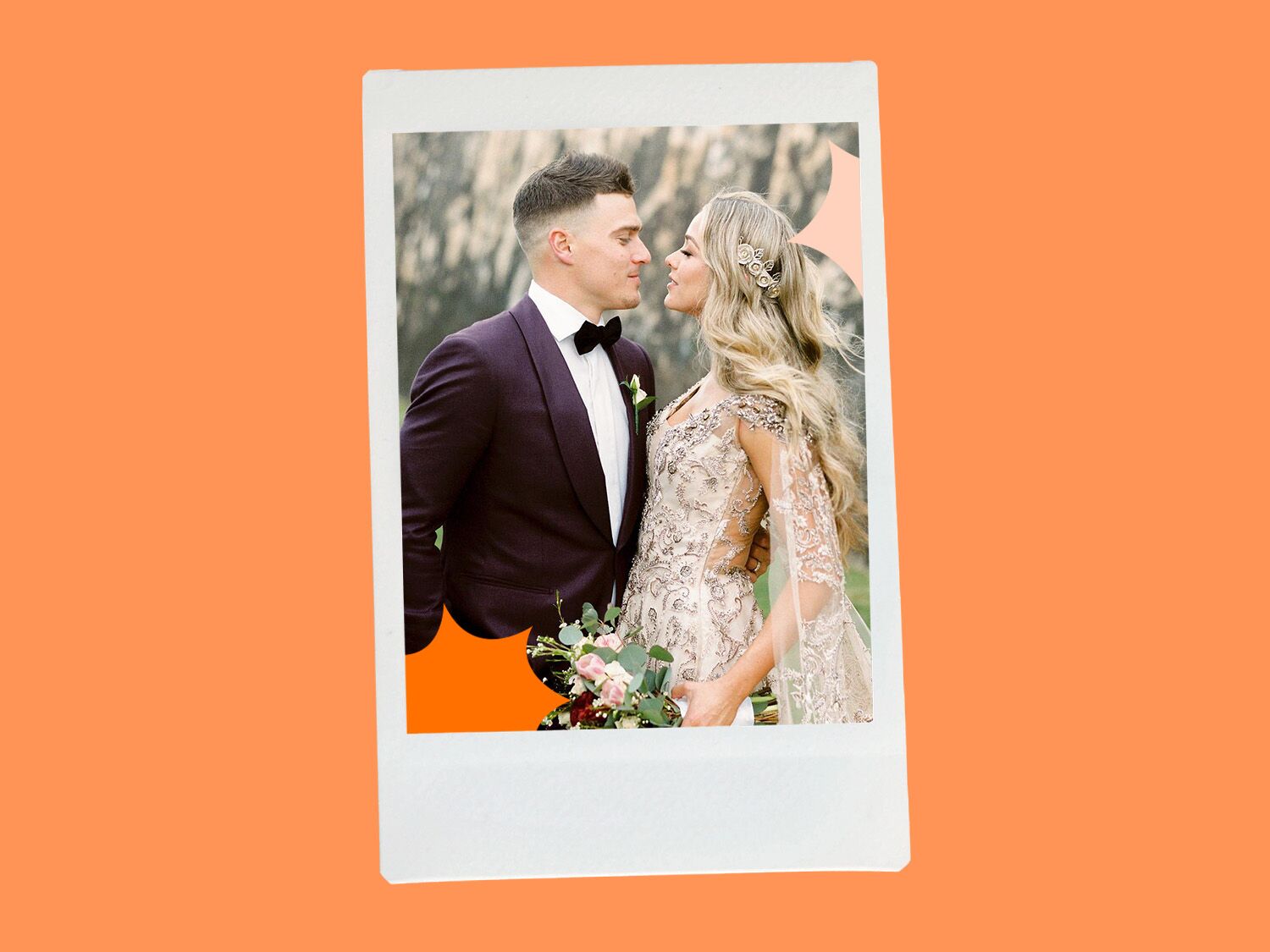

After my internship ended that summer, I continued to freelance for the same title throughout my senior year of college. Upon graduation, I took a hiatus from the world of weddings for five years as an associate editor at the online design publication Lonny Magazine. As I immersed myself in the world of interiors, I also came into my own. Personally, I became more assured in my identity as a bisexual woman and began to pitch my editorial director more stories that would support the community in my work. A major career win for me was when I wrote a feature and organized a photoshoot run by a queer production team highlighting LGBTQ+ design leaders like Bobby Berk and Jonathan Adler. Not only were the images incredible, but I also loved how open every subject was in their interviews, sharing everything from their work to their coming-out stories to what they were proud of. On International Women's Day in 2021, I even came out publicly on Instagram. I shared how while I had always been a vocal supporter for women's rights, I wanted to further live in the truth of my identity and be a stronger advocate for my queer community as well.
As my professional career blossomed, I was in search of new opportunities when a senior editor role at Brides opened up. Not only could I manage real weddings and the trending vertical in this position, but I was presented with a unique opportunity on a personal level as well. By then, LGBTQ+ marriages had received increased coverage over the years across wedding media. I knew if I joined the title, I could be an authentic voice for the community at a major wedding publication and be a reassuring presence to queer couples who wanted to share their celebrations and love stories on the site. I also hoped I could write more stories to guide queer couples in their wedding journey.
While it's so important to have allies at wedding publications, I feel a diverse staff is important to ensure all voices are heard and represented. In the two years I spent in the role, I am proud to have written and edited hundreds of queer love stories across real weddings and features that spoke to the queer experience of wedding planning. (Examples include stories focused on finding vendors that share your values, honeymoon destinations that are welcoming to LGBTQ+ travelers, and picking wedding attire as a queer couple.) On staff, I advocated for changes in language to make the content more inclusive of different genders.
A year ago, I went freelance. While I write for a number of publications, I also chose to stay in the world of weddings, jumping at the opportunity to work with publications like The Knot and Vogue to continue in my support of all couples who want to get married—no matter their gender identity, gender expression or sexual orientation.
While the wedding industry still caters overwhelmingly to cishet couples, I'm using my platform as a queer wedding journalist to show that LGBTQ+ and diverse couples should be seen, highlighted and addressed by vendors in the space. There is a huge issue with many vendors using marketing materials that speak exclusively to a heteronormative bride-groom binary. I challenge the industry to scrutinize everything from their social media posts to the word choices on their websites to ensure all couples feel welcomed, accepted and affirmed, and can find a true, supportive partner as they plan such a special life milestone.
I have witnessed so much progress and change in favor of LGBTQ+ representation in the industry since I first began writing about weddings nearly 10 years ago. While there is still much work to be done, I am humbled that I can see my own impact in the space, too. I've received emails and DMs from people thanking me for increasing representation in different wedding publications, and I never take those messages lightly.
Some exciting news—I'm currently designing engagement rings with my girlfriend and hope to propose early this summer. I can't wait to not only be engaged to her, but also have the unique opportunity as a wedding journalist to write about my own experience as a queer person getting married, celebrate our love and feel proud of how far we have come. I hope in sharing our story, we can push progress even further.
This piece has been reviewed and fact-checked by Kirsten Palladino, an inclusivity consultant and the cofounder of Equally Wed.
